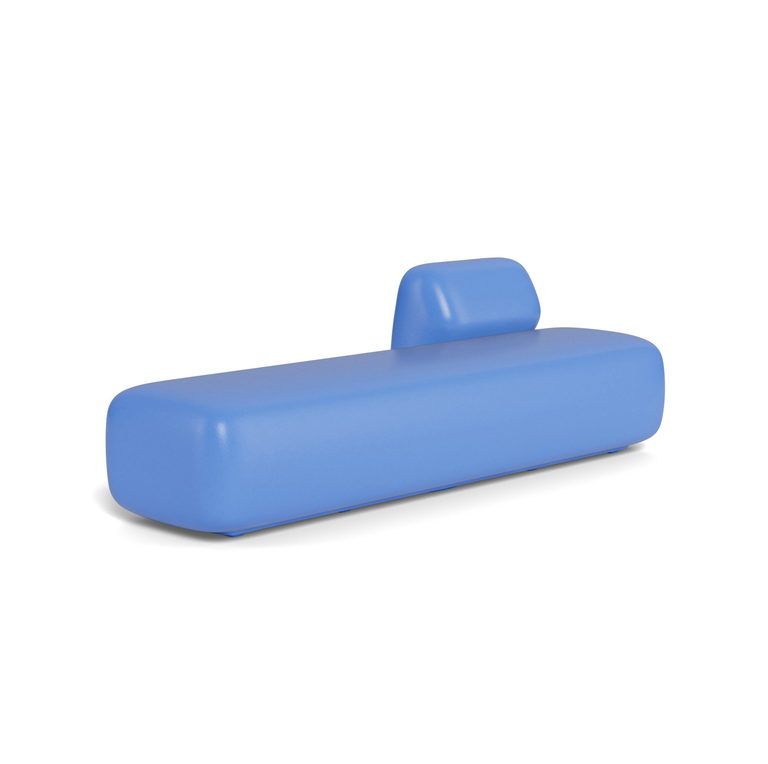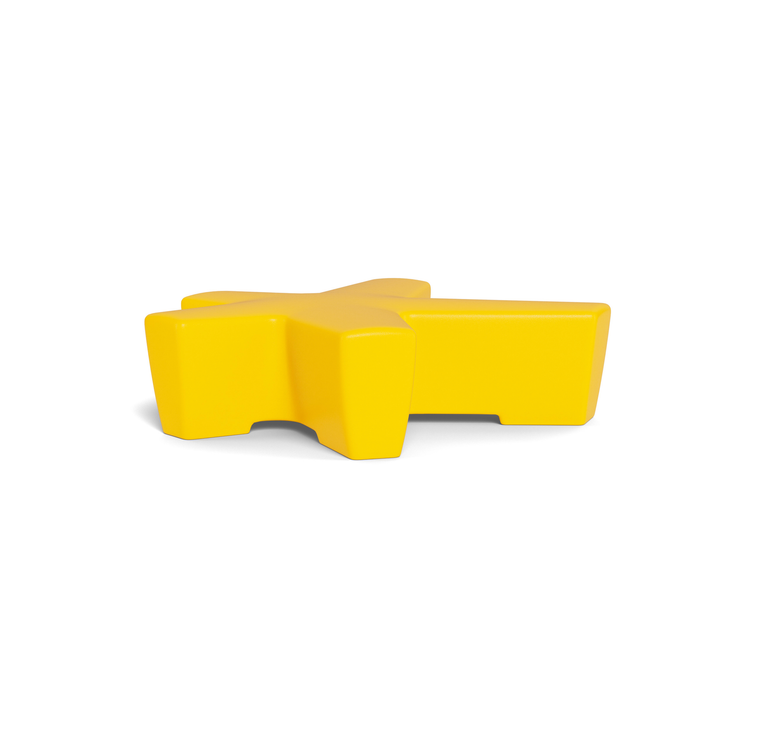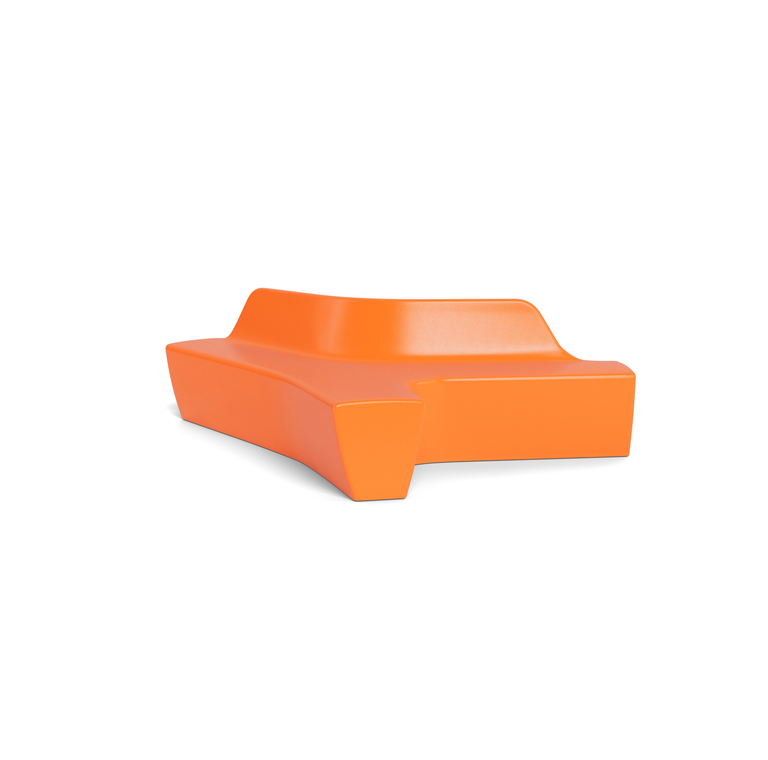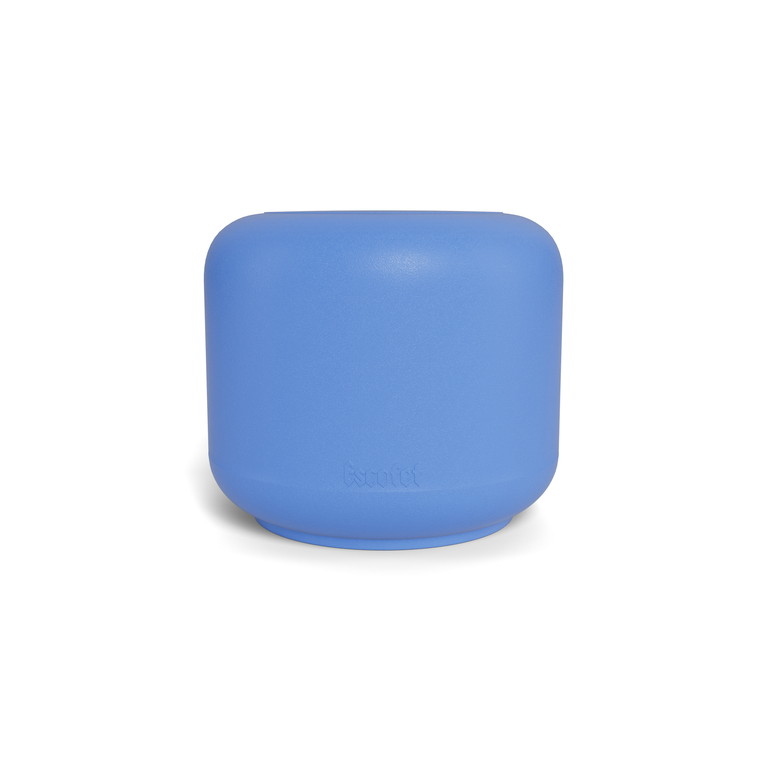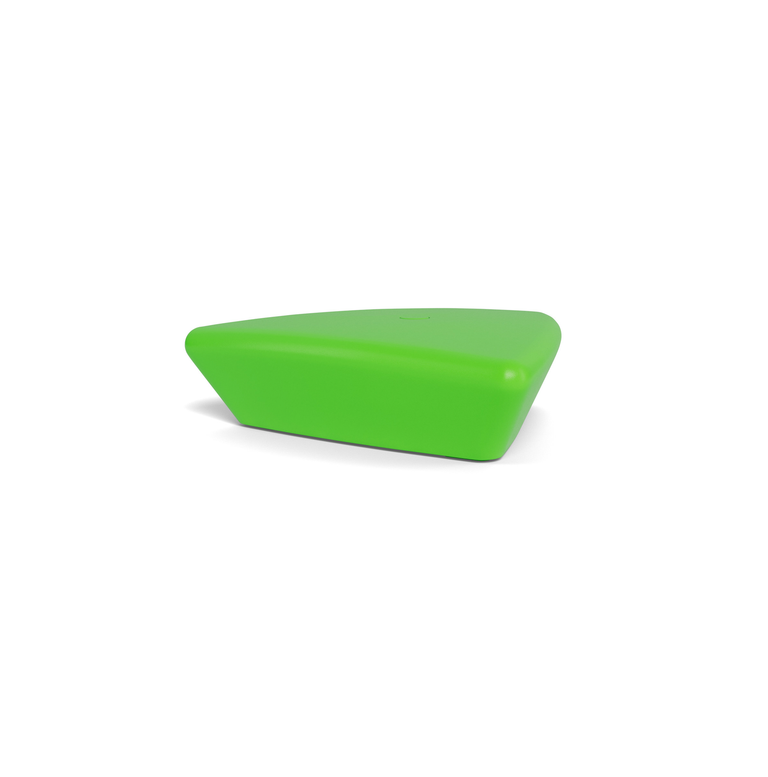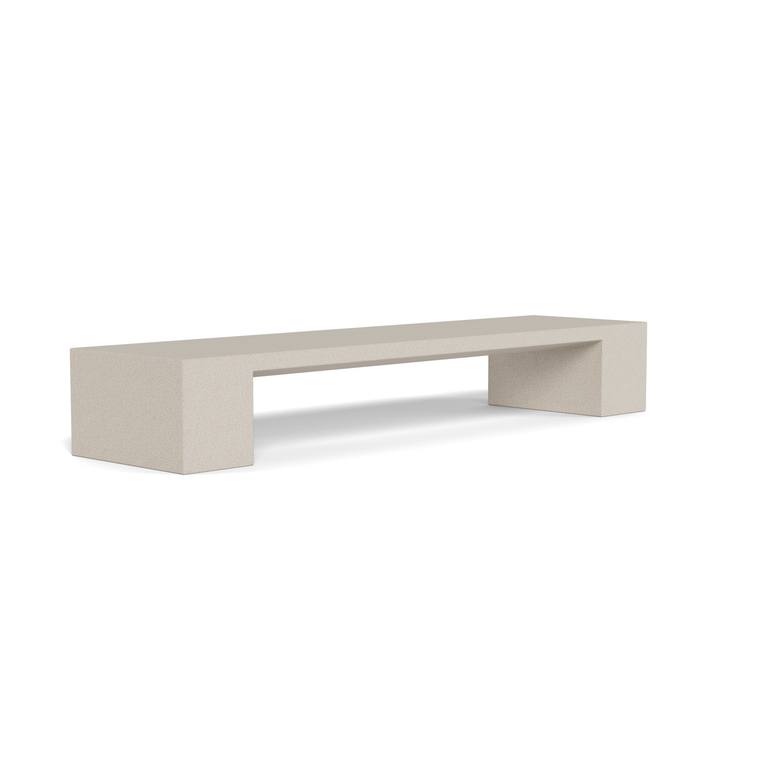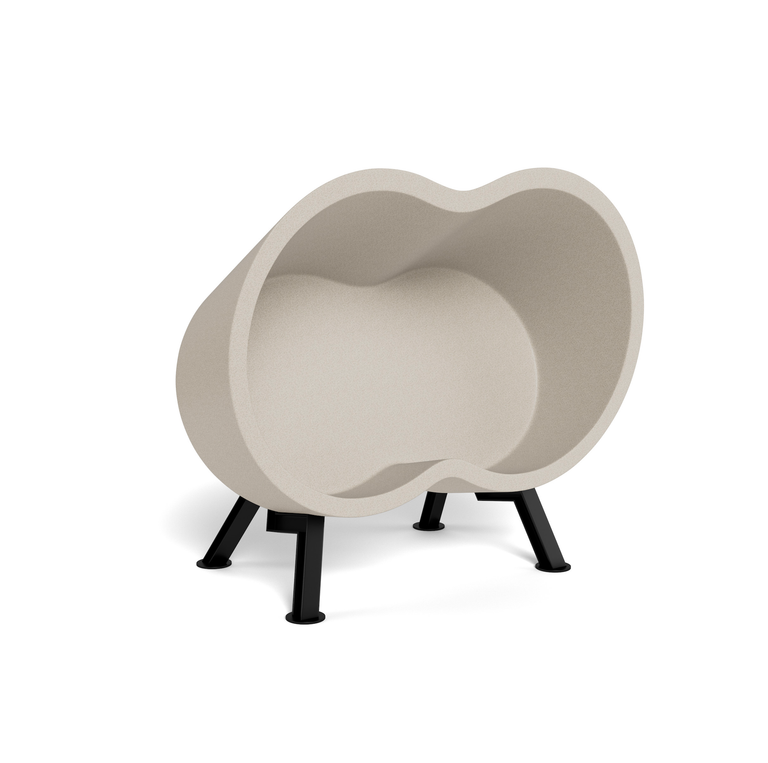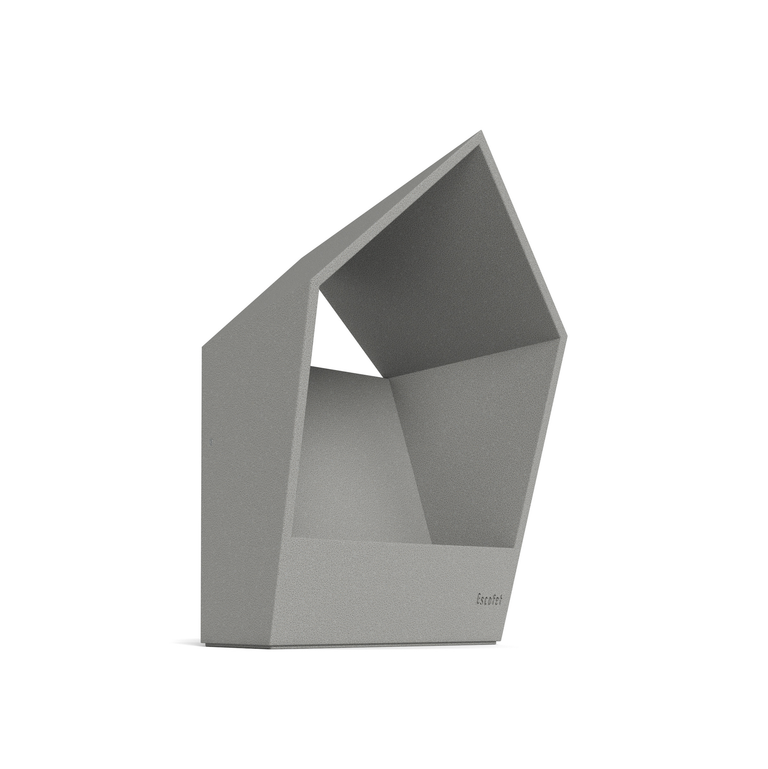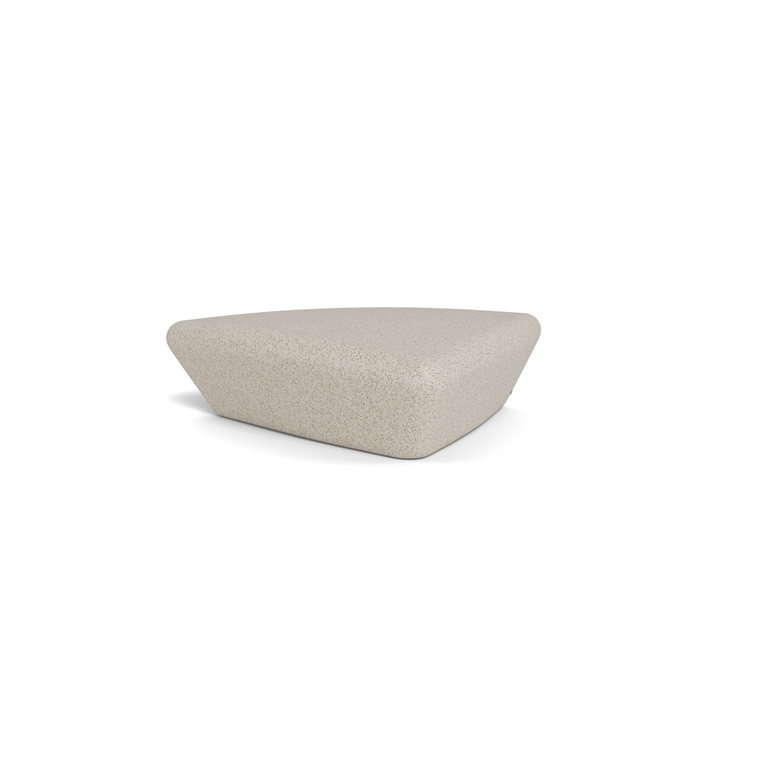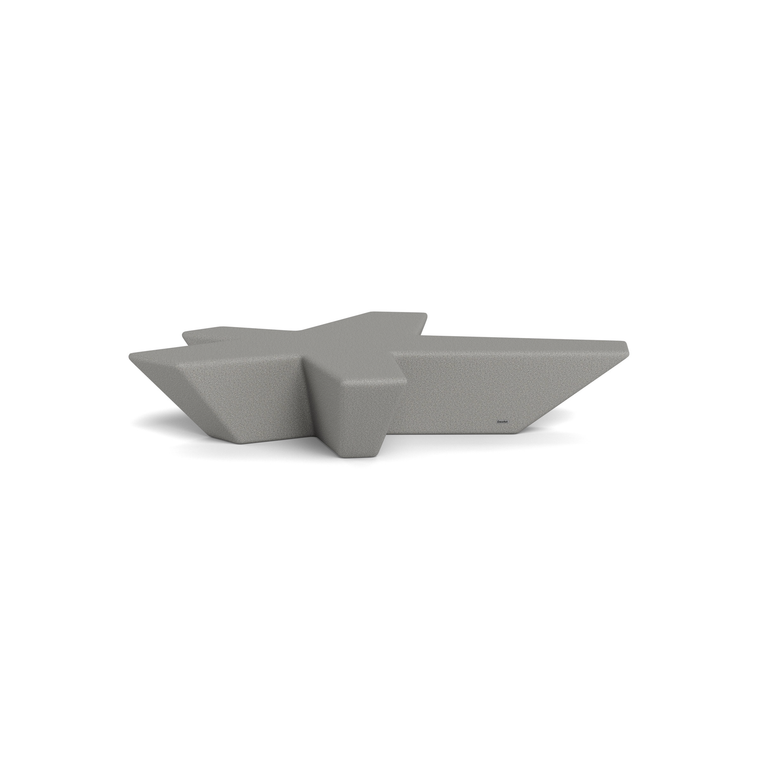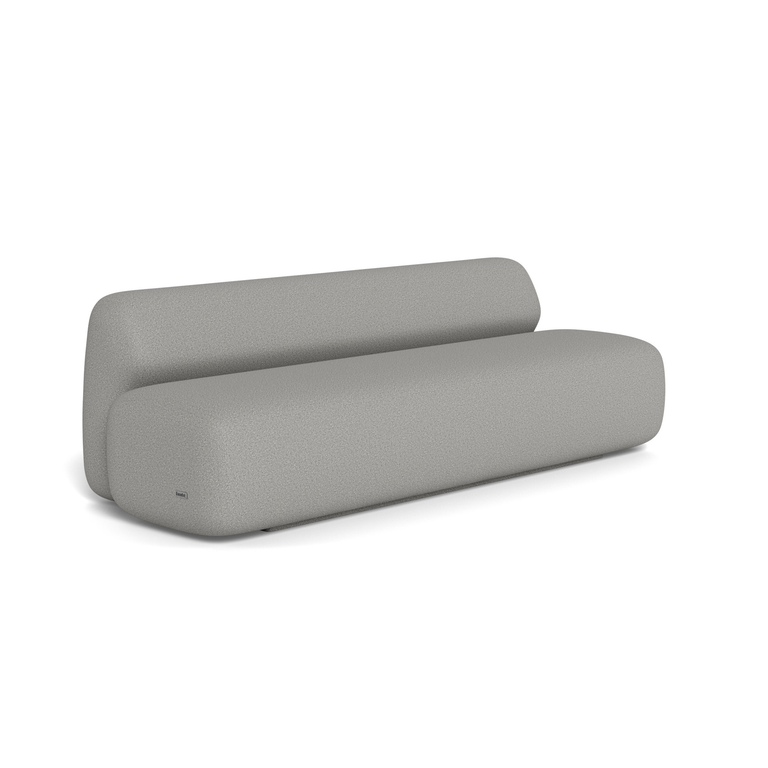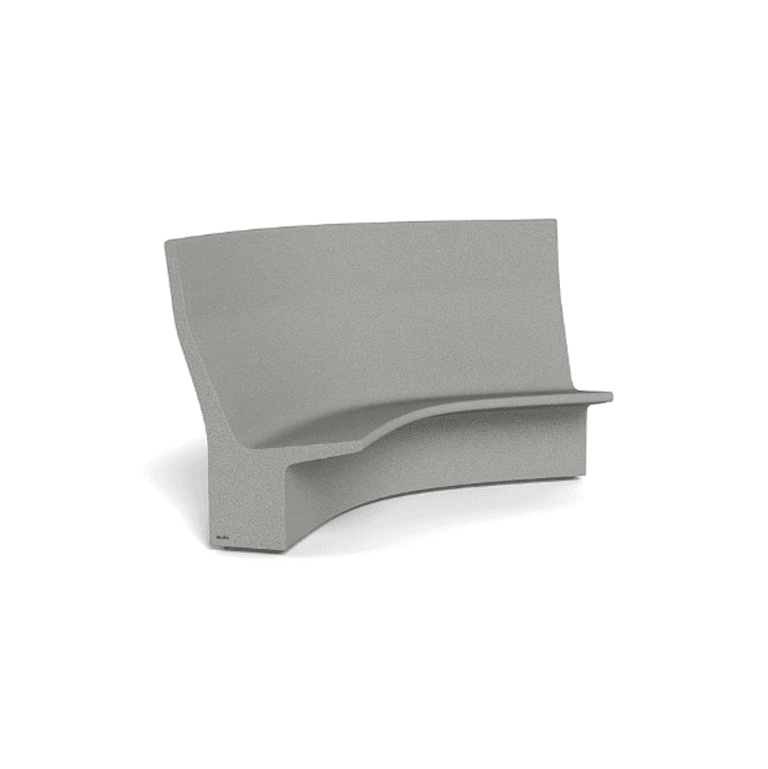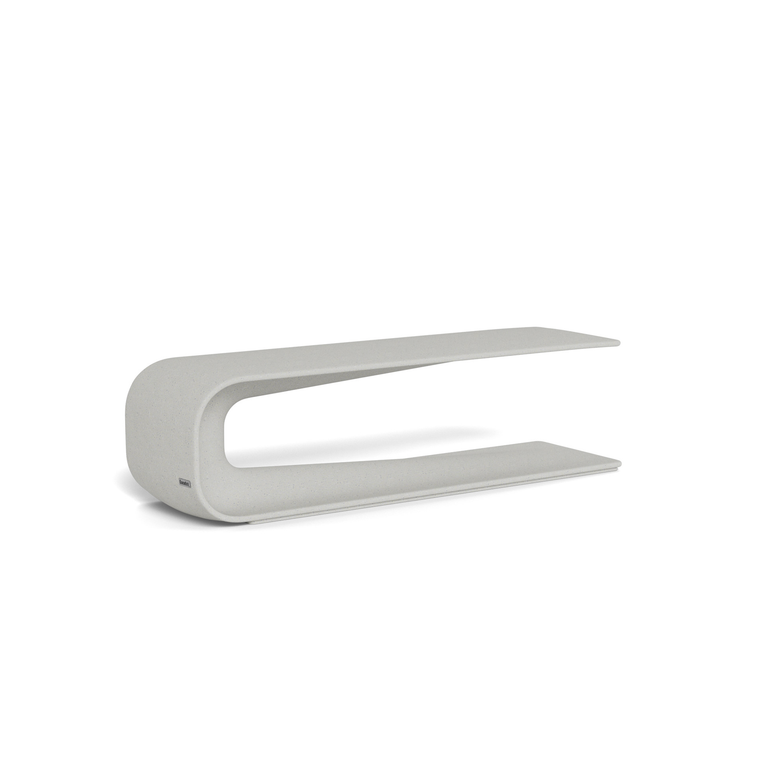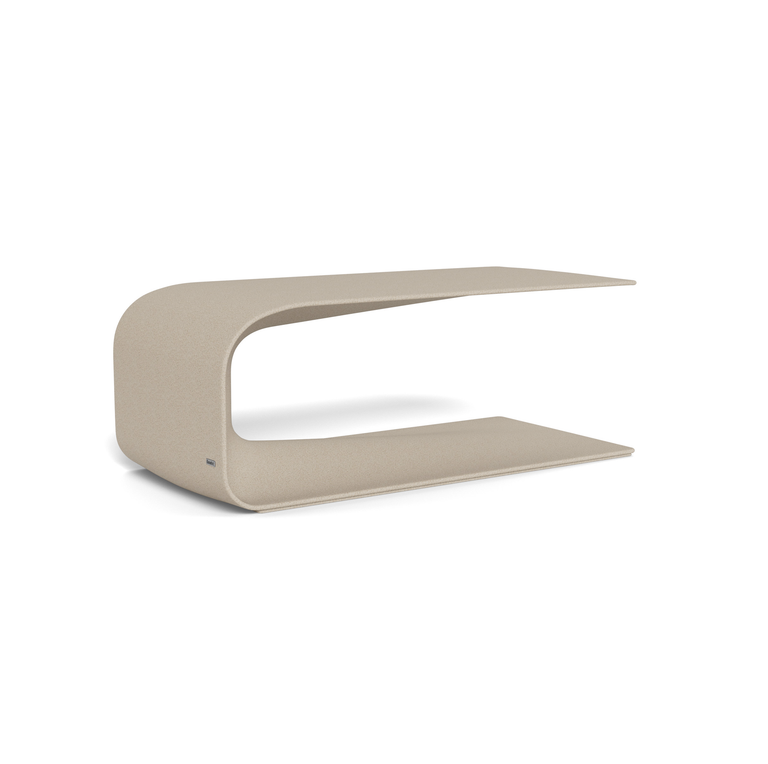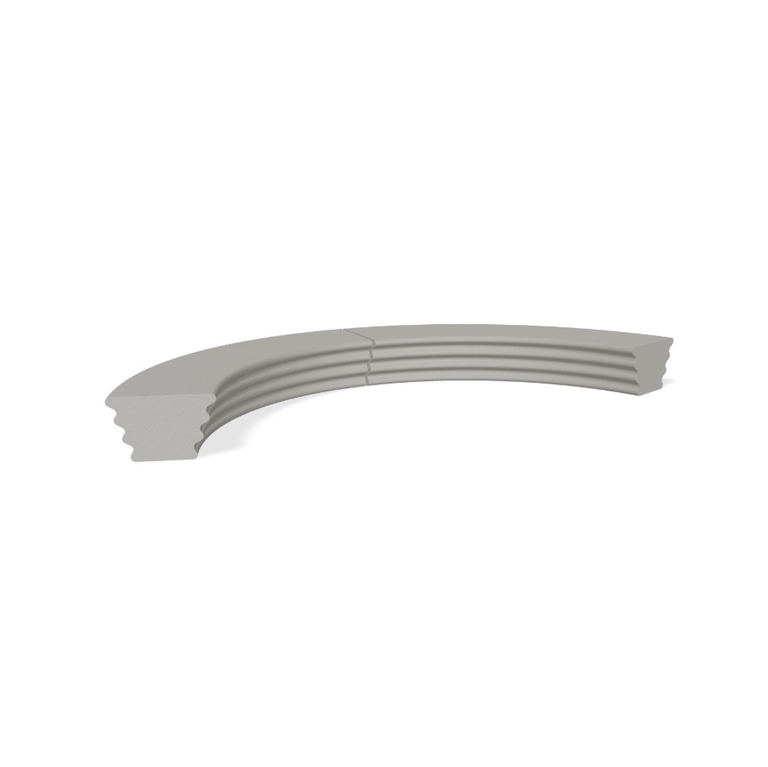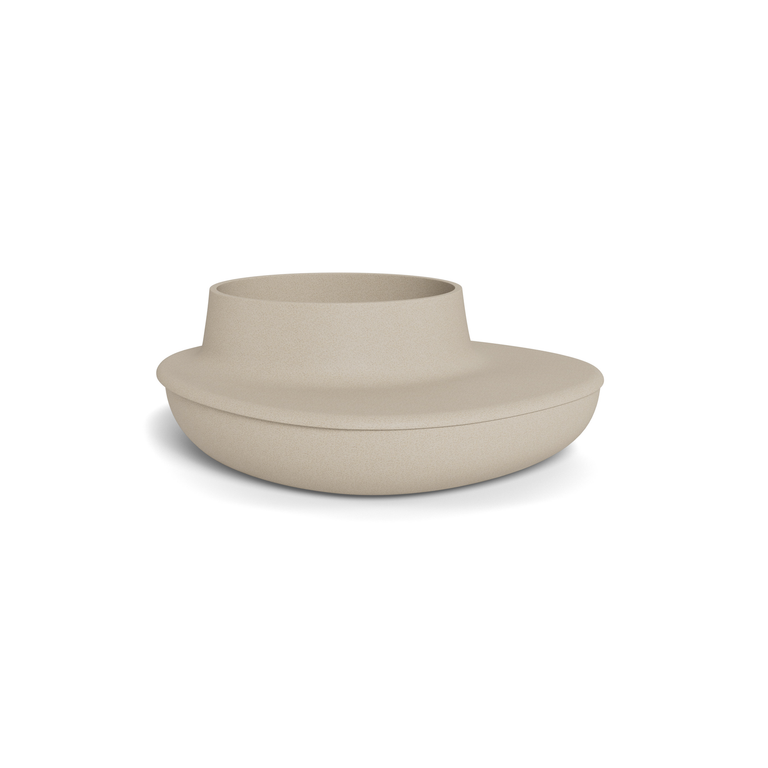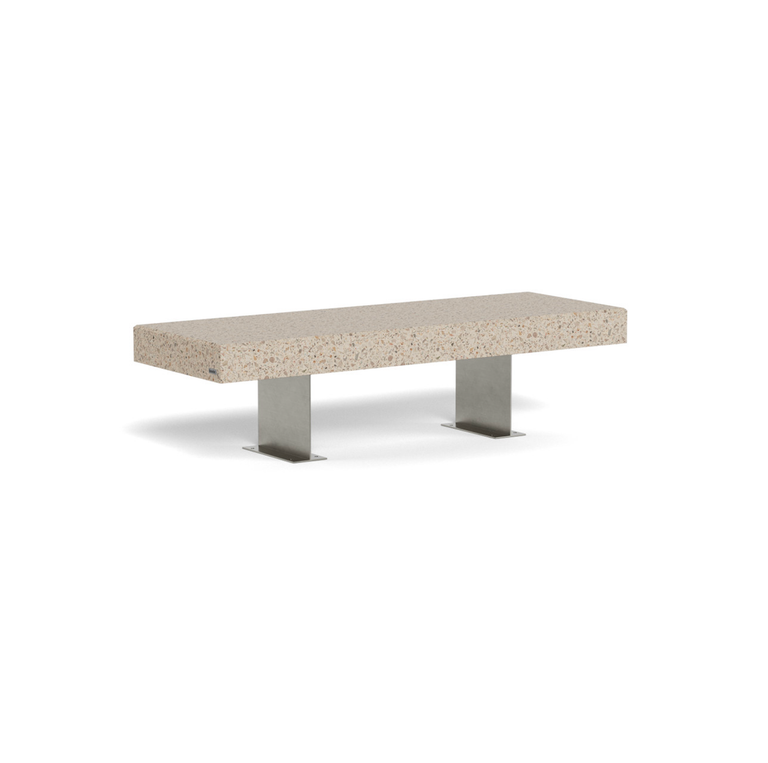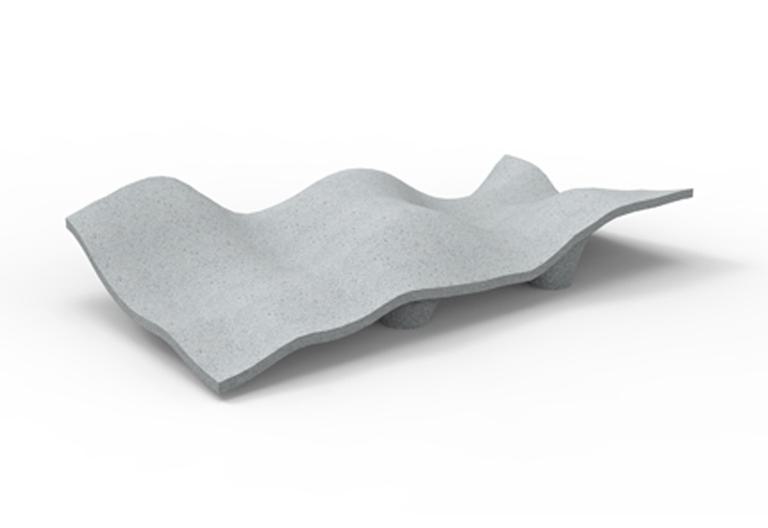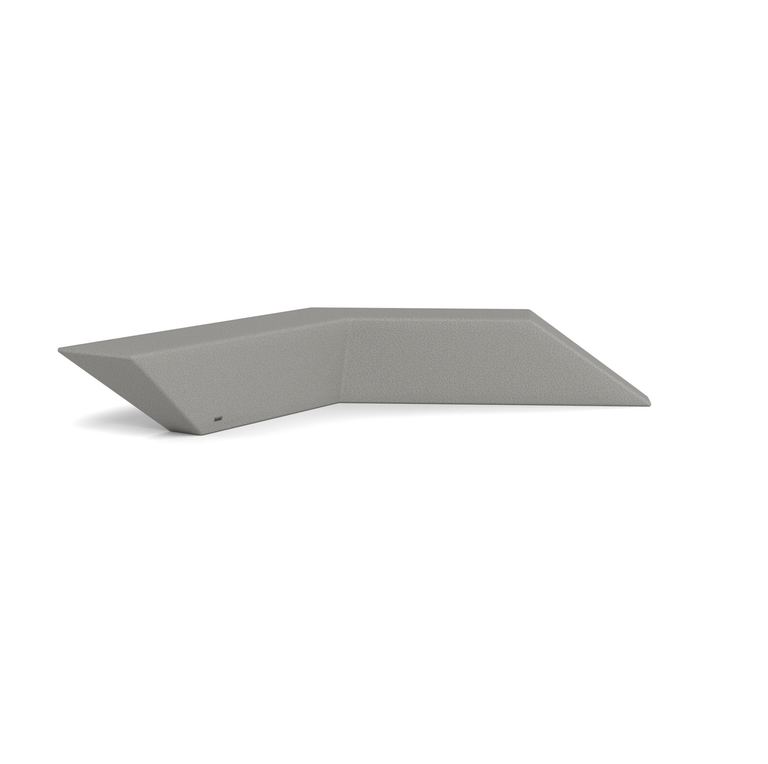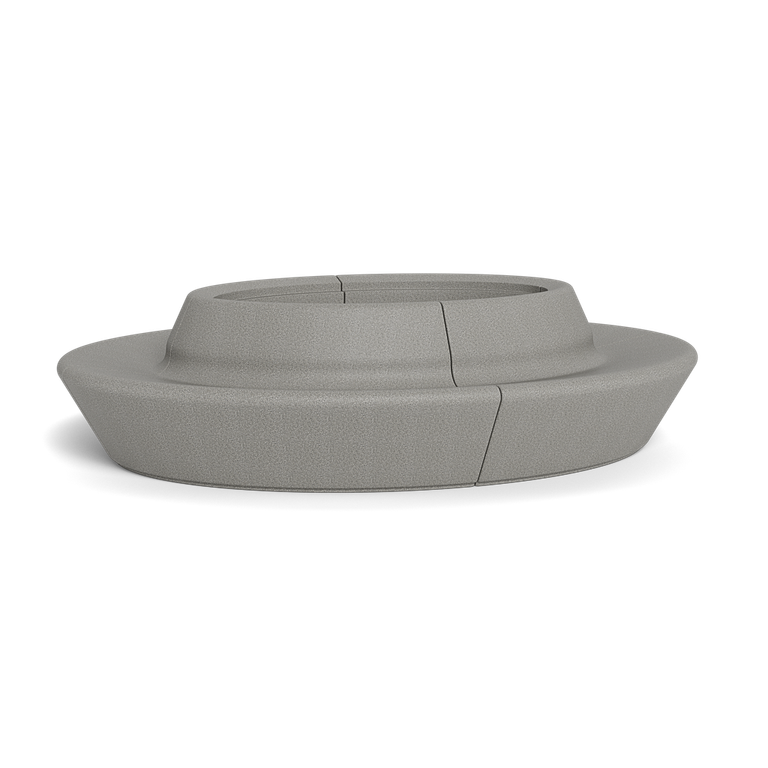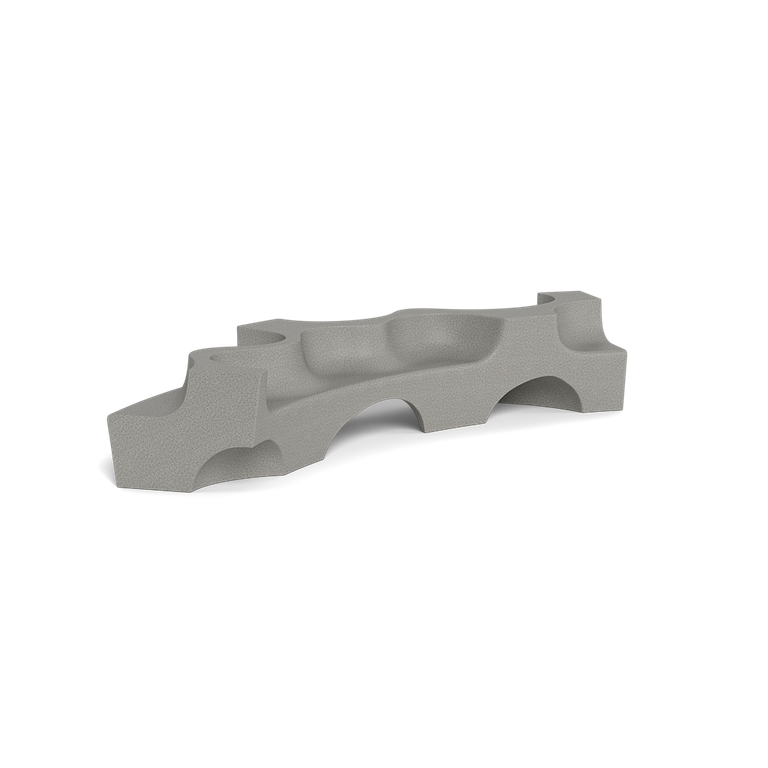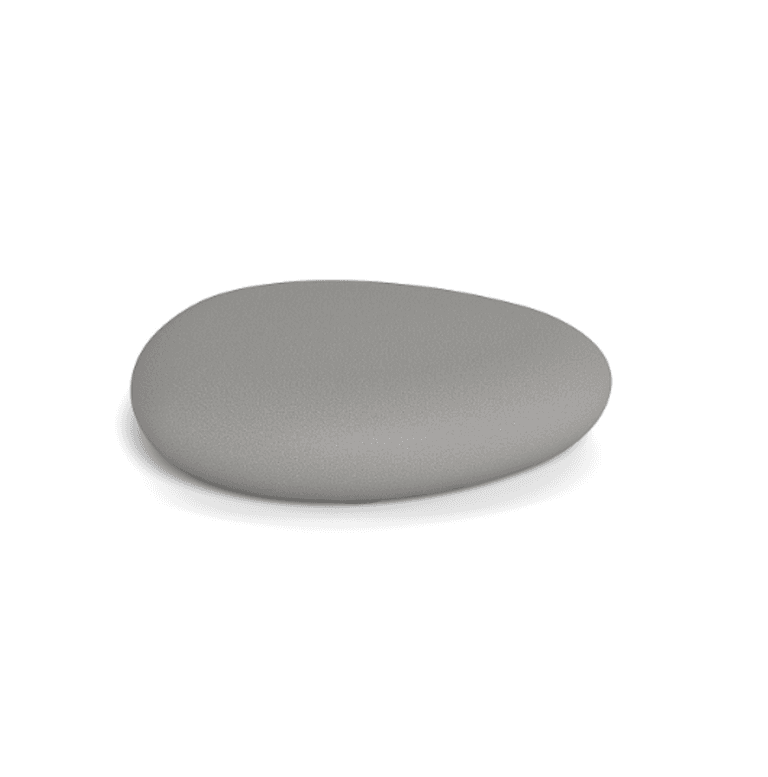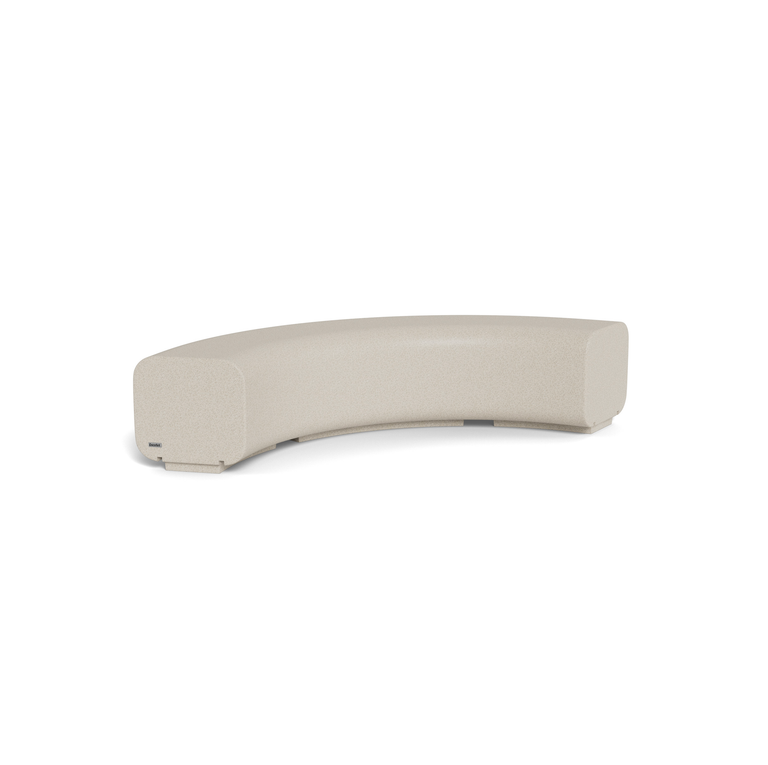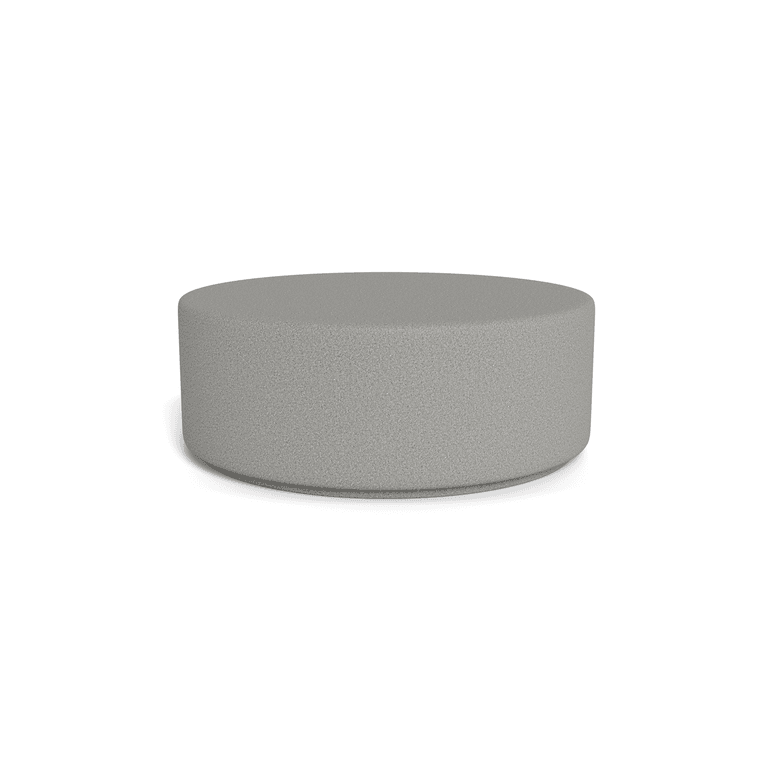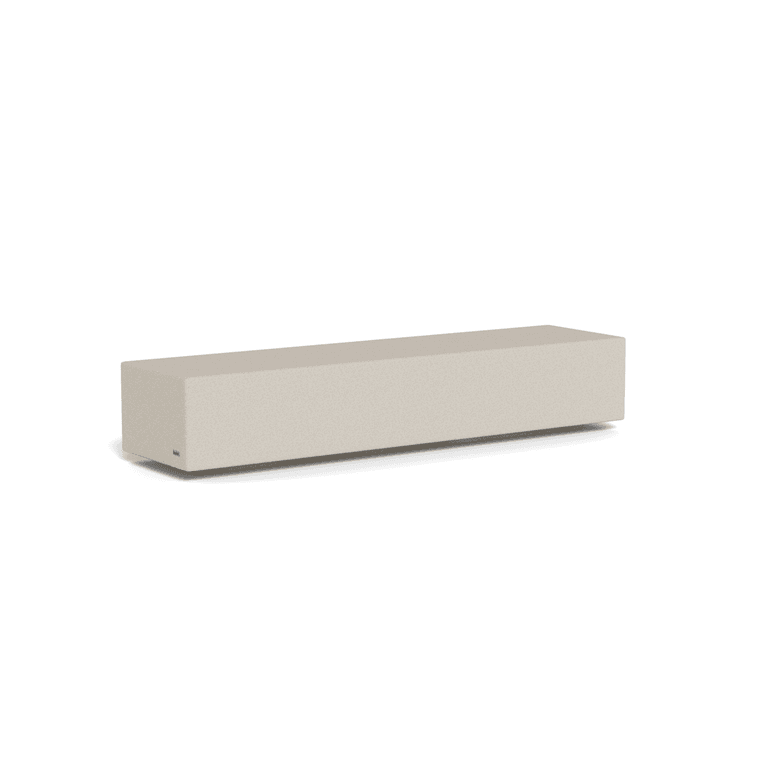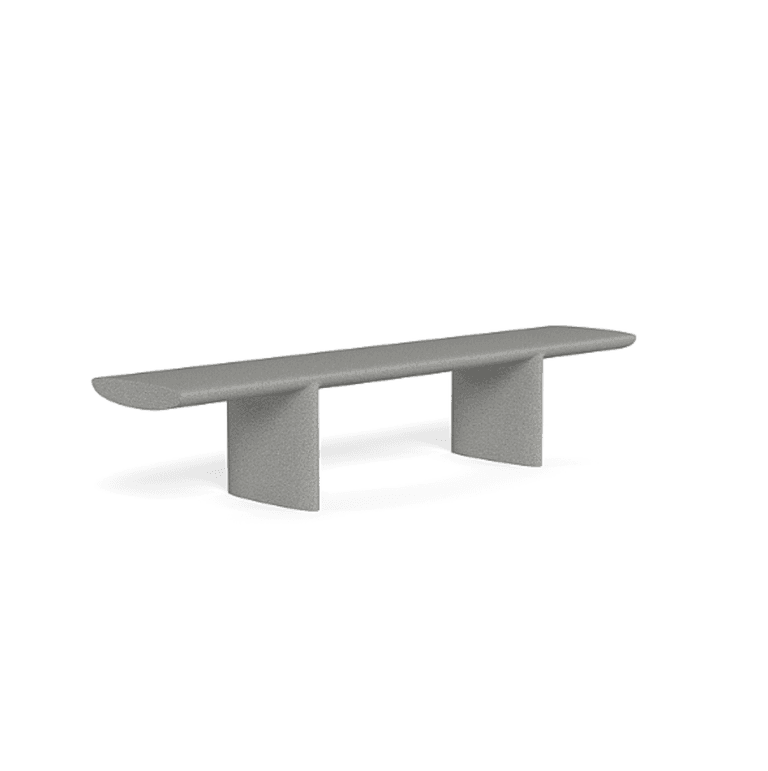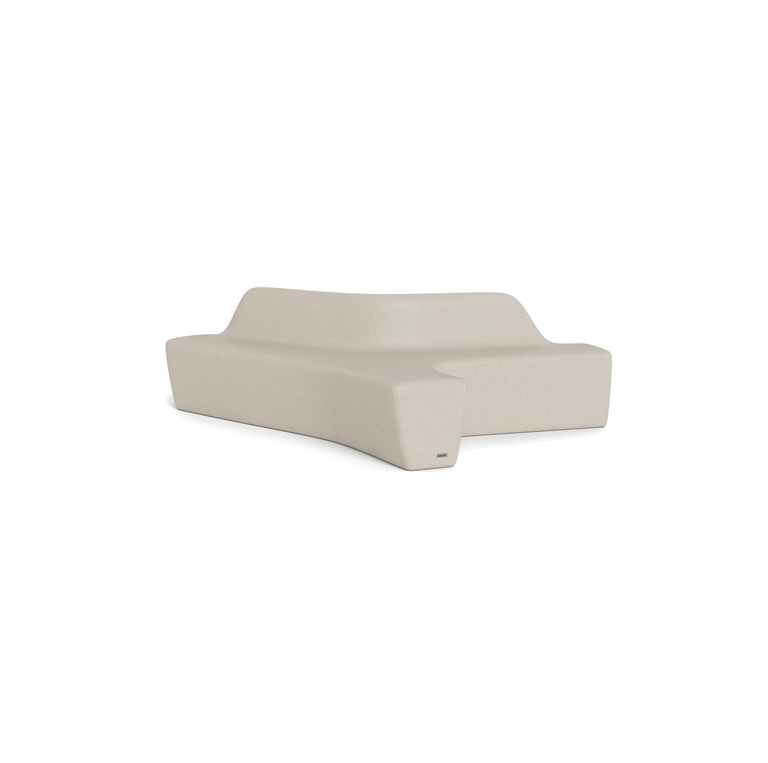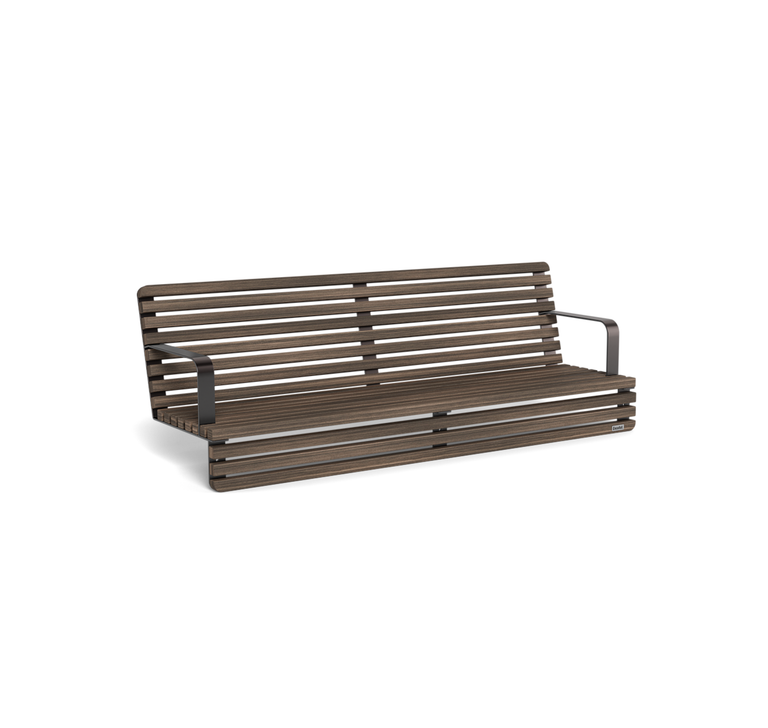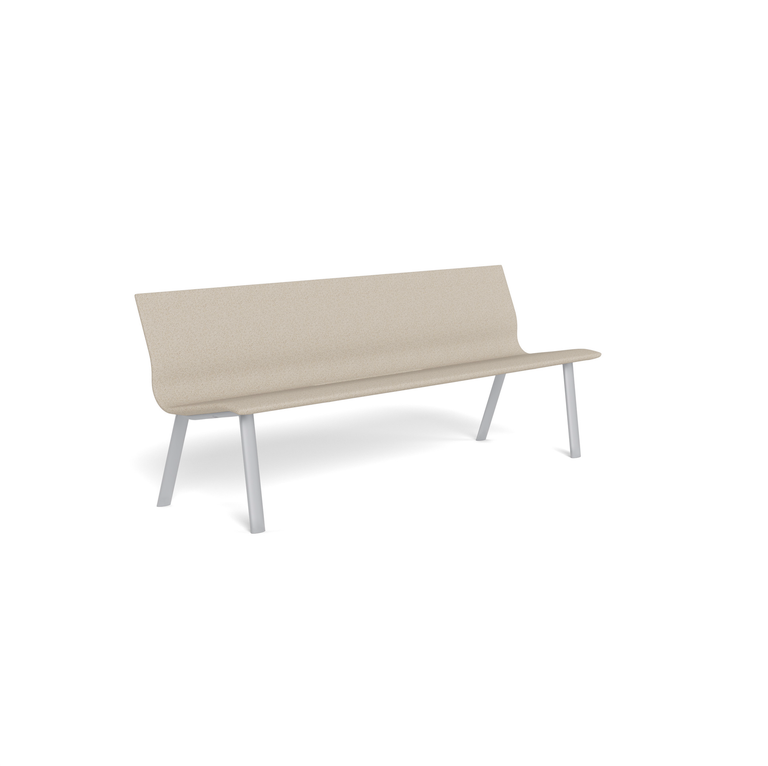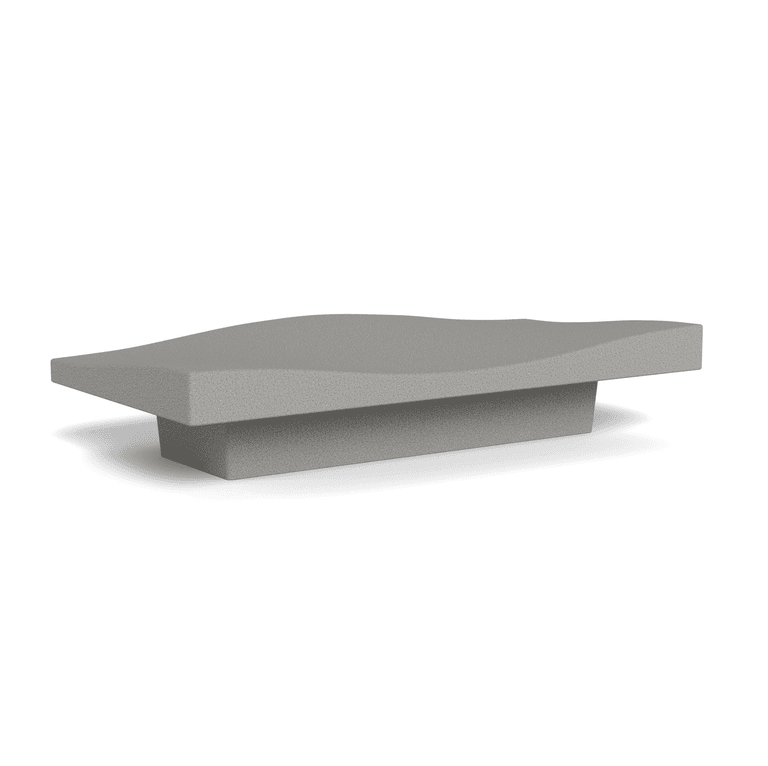Escofet is a Barcelona-based design firm who, through the creation of luxury site furnishings and urban elements, is an international leader in the movement to transform and beautify public landscapes. Building on over a century of design and material mastery and innovation, Escofet is seen as a universal benchmark in their field, continually pushing the boundaries to open up artful new possibilities in the design of the public square.
While the company may be best known for its work in cast concrete, Escofet’s mastery of materials extends far beyond, producing large-scale organic forms, crisp-edged geometric pieces, and thin-profile shapes in wood, metal, and high-density polyethylene (HDPE) designed by architects and artists from around the world.
HDPE
An Evolution of Color, Form and Sustainability
Escofet’s rotational molded HDPE site furnishings mark a new era in the company’s legendary exploration of form and material. The innovative process allows the creation of lightweight products that are brightly colored, sustainable, durable, easy to install, and can also incorporate LED lighting from within. Rotational molding involves heated hollow molds which are slowly spun around two perpendicular axes to create precise control over material dispersal and product wall thickness. The process can produce a multitude of intriguing shapes that are strong yet hollow and light in weight, resulting in fewer emissions due to their ease of transport. What’s more, rotational molding uses HDPE so all pieces are 100% recyclable at the end of their long and vibrant lifespans.
Escofet Air
Cast Concrete
Ancient Material, Evolving Technology
Escofet’s innovation in cast concrete combines age-old cement and water with a wide range of natural aggregates and industrial and recycled materials to produce cast stone products with groundbreaking structural properties and design possibilities. Technology and craft come together through the finishing techniques that Escofet's skilled artisans apply to each piece, preserving individual surface qualities and protecting against weathering. The aggregates' pigments combined with acid etching and polishing create subtle, earth-toned colors in sculptural pieces that marry natural and built environments.
